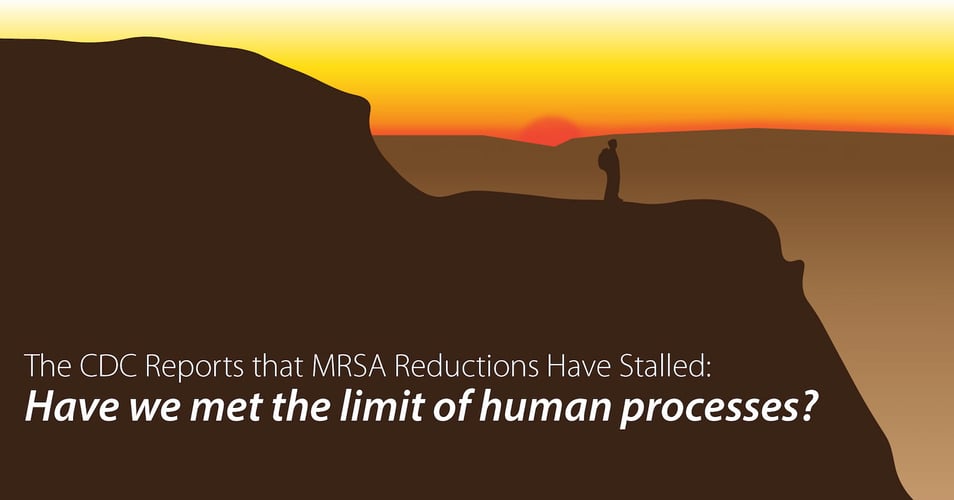Evidence Hierarchy: From The Laboratory to Reduced HAIs

What happens after laboratory tests confirm that an environmental product kills bacteria? Is that the end of the line for testing a product's efficacy? One pair of researchers say no. Here is their proposal for an evidence hierarchy that describes how, in theory, data can begin to connect a product to a reduction in HAIs. While many regulatory agencies exist to protect the consumer by ensuring that HAI reduction claims are true, it is important for us to still be aware of the burden of proof in research, and how that plays out in a laboratory and real-life setting.
Lets start with a quick overview of research. Research - literally, "the seeking out" of information - is investigation with the intent of uncovering new concepts that contribute to a field. Research can involve reading published works, conducting experiments in a laboratory, or conducting clinical trials in a real-world environment. Each research method follows professionally-accepted standards for design, implementation, and publication.
In the world of healthcare, research protocols are essential for ensuring that a new product is safe and does what it claims to do. Two doctors from the Centers for Disease Control and Prevention proposed an evidence hierarchy for the industry to consider as more and more new products enter the marketplace claiming to reduce HAIs. As a product is tested higher and higher on the hierarchy, it is more and more able to demonstrate a direct impact on HAI reduction. Keep in mind this is a theoretical hierarchy: True double-blind tests with control groups and restricted external influences on infection are not possible or ethical (we aren't lab rats, after all!). However, this is a helpful way of putting current research in context.
Here is the hierarchy1, from the lab all the way to HAI reduction, with our explanation to the right.
| Level | Explanation |
|
I: Laboratory demonstration of bioburden reduction efficacy |
For example, EPA testing; rigorous third-party testing under a variety of conditions |
|
II: Demonstrate in-use bioburden reduction |
Use and testing in a real-world setting but without clinical standards |
|
III: Demonstrate that in-use bioburden reduction may be clinically relevant. 1. Terminal-only use: reduction of "same room transmission" or 2. Terminal and daily use: reduction in hand contamination rates. |
Clinical trial scenario where data is collected using a formal protocol over the span of months. The two options allow for products that are used only in terminal cleaning (UV or hydrogen peroxide misters), or those that are used for terminal and daily use, such as cleansers or Preventive|Biocidal Surfaces such as copper alloys or EOScu. |
|
IV: Demonstrate reduced pathogen transmission via admission-discharge active surveillance testing or clinical incidence |
Long-term study collecting data over an extended period of time (years or more) |
|
V: Demonstrate reduced infections |
Data confirms direct correlation between product and reduced infections, taking into consideration any other components that might have influenced infection rates |
As the levels increase, so does the scientific and statistical rigor required.
This hierarchy presses the scientific community as well as the healthcare industry to assess data in a context: Were the laboratory tests conducted with sufficient numbers and with the correct protocols? Was the study size sufficient? Were there other measures taken by the facility that could have impacted infection reduction?
The schema also encourages the consumer to consider product claims and learn about the testing (if any) that backs up those claims.
For more information on the research that supports HAI reductions with copper, click on the link below.
1 Evidence hierarchy for increasing patient safety through healthcare environmental surface cleaning and disinfection. Clinical Infectious Diseases, 2013;56:36-9
Editor's Note: This post was originally published in September 2015 and has been updated for freshness, accuracy and comprehensiveness.
![EOScu Logo - Dark - Outlined [07182023]-01](https://blog.eoscu.com/hubfs/Eoscu_June2024/Images/EOScu%20Logo%20-%20Dark%20-%20Outlined%20%5B07182023%5D-01.svg)




